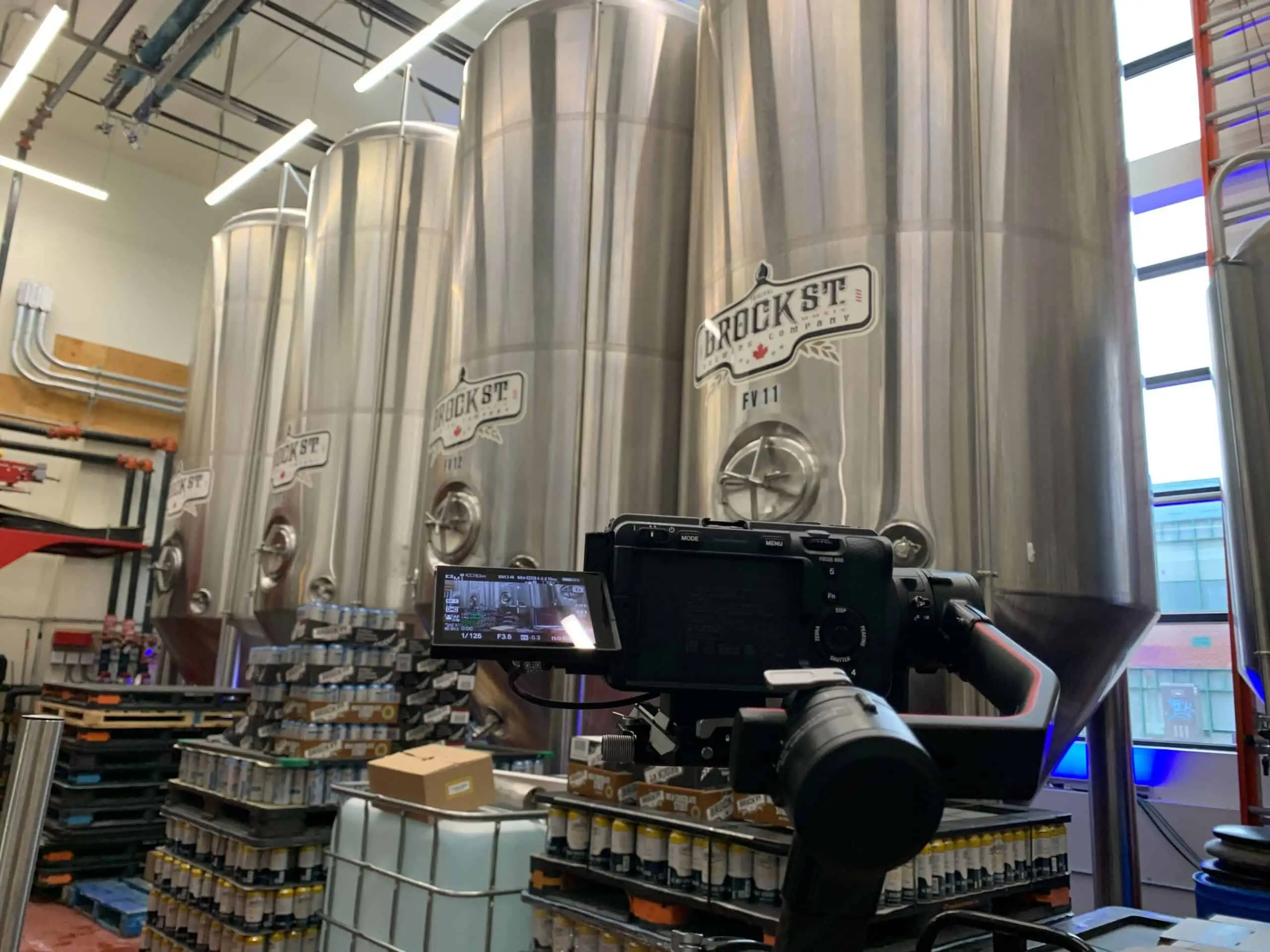The Difference Between Videos Produced for Broadcast (TV) Versus Those Produced for Online Platforms
In the past, the process of creating video content was centred around producing content for television broadcast. With the rise of digital platforms, including social media and streaming websites, the purpose and style of video production have changed significantly. Today, a video created for TV broadcast is different from one created for posting online. Let’s explore these differences in more detail.
1. Length and Format
One of the most significant differences between TV and online video is the length and format of the content. Television commercials and programs are typically longer than those posted online. This is due to the fact that TV commercials must fit into a specific time slot, and programs are often divided into episodes that are broadcast over several weeks. Online videos, on the other hand, are shorter, often less than a minute long, and designed to capture the viewer’s attention quickly. With access to so much content, viewers need to be hooked in the first few seconds and have their attention held for the entirety of the video, usually resulting in shorter, more dynamic content.
2. Content
The type of content produced for TV and online is also different. TV commercials are often designed to sell a product or service, while online videos tend to have a broader approach to the messaging and can be used to promote a brand, product, or service, as well as to entertain or inform the viewer. Social media videos often go viral, and as a result, brands are keen to create shareable content that appeals to their audience.
3. Production Quality
While high-quality production is usually ideal for both TV and online videos, TV production typically involves a more extensive production process and is subject to higher standards for audio and video quality among other additional requirements. Online videos are often produced on a smaller budget and may involve simpler production techniques.
4. Distribution
Finally, the distribution method for TV and online videos differs significantly. TV commercials are broadcast on television networks, while TV programs are broadcast at specific times on specific channels. Online videos, however, are distributed through social media platforms, streaming services, and websites, allowing for a wider reach and broader audience. There are no time slots needed for online videos which grant them greater opportunities for viewing. Additionally, the cost of distribution on TV is typically substantially higher than the cost of distribution online, which in many cases has no cost at all.



In conclusion, while TV and online videos share some similarities, most notably that each needs to achieve its purpose with its intended audience and be unhindered by inadequate quality, TV commercials and programs are typically longer, more extensive, and more expensive to produce, while online videos are shorter, more accessible, and often have a wider reach. Most film production companies are familiar with creating content for online use, it may take a larger and more established company to create content adequate for TV broadcast. Ultimately, the type of video created will depend on the intended audience, message, and distribution strategy.